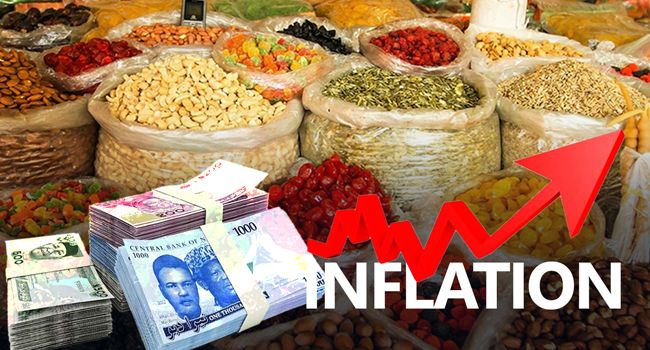
Nigeria’s headline inflation rate eased to 18.02 percent in September 2025, marking a notable 2.1 percentage point drop from 20.12 percent recorded in August, according to the latest Consumer Price Index (CPI) report released by the National Bureau of Statistics (NBS) on Wednesday.
The data shows that Nigeria has now recorded six straight months of declining inflation since April 2025, following a series of statistical adjustments earlier in the year, including a change in the CPI base year and a reweighting of items in the consumer basket. Inflation had previously peaked at nearly 35 percent in December 2024.
On a year-on-year basis, the September 2025 headline inflation rate was 14.68 percentage points lower than the 32.70 percent recorded in the same period of 2024. Month-on-month, inflation stood at 0.72 percent, slightly below 0.74 percent in August 2025.
Food Inflation Continues to Ease
Food inflation, which accounts for the bulk of household spending, slowed significantly to 16.87 percent in September from 21.87 percent in August, reflecting improved agricultural output and the onset of the harvest season.
On a month-on-month basis, food inflation stood at -1.57 percent, compared to 1.65 percent in August, indicating a price moderation in key staples such as maize, grains, garri, beans, millet, potatoes, onions, eggs, tomatoes, and fresh pepper.
The NBS attributed the sustained decline to improved market supply and the reduction in average food prices across most regions.
CBN Sustains Disinflation Drive
The latest inflation report comes after the Central Bank of Nigeria (CBN), in September, cut its benchmark interest rate for the first time since 2020, a signal of its confidence in easing inflationary pressures.
CBN Governor, Olayemi Cardoso, reaffirmed the apex bank’s commitment to a data-driven monetary policy, adding that the institution remains focused on achieving single-digit inflation over the medium term.
Urban and Rural Inflation Trends
In urban areas, the year-on-year inflation rate stood at 17.50 percent in September 2025, down sharply from 35.13 percent in September 2024, a 17.63 percentage point decline. On a month-on-month basis, however, urban inflation rose marginally to 0.74 percent, compared to 0.49 percent in August.
The 12-month average urban inflation dropped to 24.35 percent, from 33.95 percent in the same period last year.
In rural areas, inflation slowed to 18.26 percent year-on-year, down 12.23 percentage points from 30.49 percent in September 2024. On a monthly basis, rural inflation moderated to 0.67 percent, lower than 1.38 percent recorded in August.
The 12-month average rural inflation rate also fell to 22.08 percent, compared to 29.76 percent a year earlier.
Economists say the sustained disinflation trend signals growing price stability and could boost consumer confidence in the months ahead though risks such as energy prices, logistics costs, and exchange rate volatility still pose potential headwinds.



